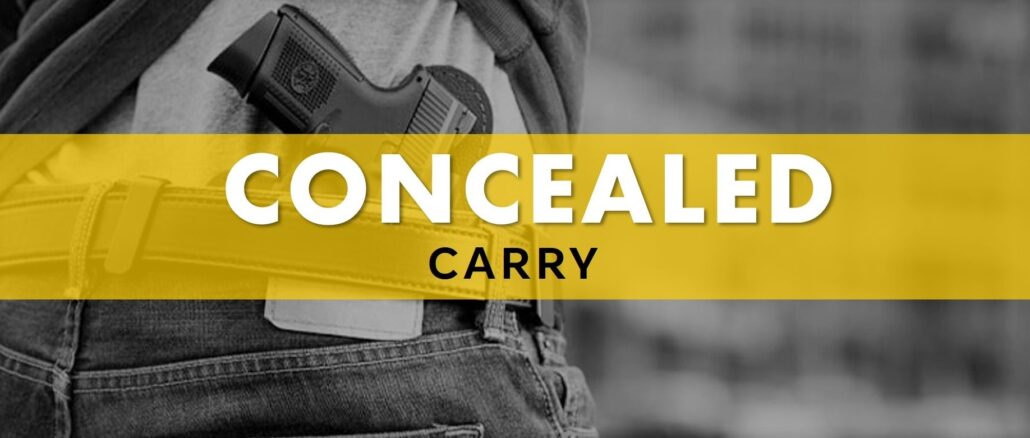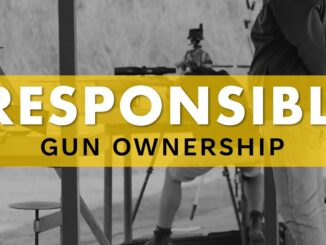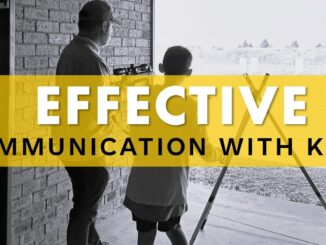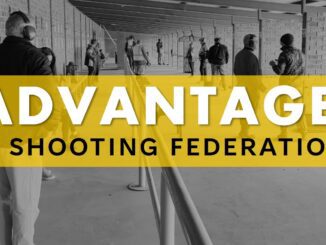
Concealed carry is a practice that involves carrying a firearm in a concealed manner for personal protection. Whether you’re a seasoned gun owner or a first-timer, there are important considerations to keep in mind when it comes to holsters, clothing, and techniques for effective concealed carry.
Our Concealed Carry Tips
- Choosing the Right Holster:
Selecting the right holster is paramount for comfortable and safe concealed carry. There are several types of holsters available, including inside-the-waistband (IWB), outside-the-waistband (OWB), shoulder holsters, ankle holsters, and pocket holsters. Each type has its advantages and drawbacks. For example, IWB holsters offer better concealment, while OWB holsters allow for quicker access. It’s important to choose a holster that suits your body type, lifestyle, and personal preferences. - Dressing Appropriately:
Your clothing plays a crucial role in concealing your firearm effectively. Opt for loose-fitting garments that help prevent the outline of the gun from printing against your clothes. Dark colors and patterns can also aid in disguising any potential printing. Additionally, consider wearing an undershirt or an undershirt holster to provide an extra layer of comfort and to prevent chafing from the firearm against your skin. - Concealed Carry Techniques:
Mastering the art of concealed carry involves more than just wearing the right gear. Proper techniques ensure both your safety and the safety of those around you. - Positioning: The positioning of your firearm matters. Place it where you can easily access it without drawing attention. This might be at the 3 o’clock or 4 o’clock position on your waistline.
- Draw Practice: Regularly practice your draw to build muscle memory and increase speed. Empty your firearm and practice in a safe environment.
- Situational Awareness: Always be aware of your surroundings. Being able to assess potential threats and decide when to draw your weapon is crucial.
- Holster Retention: Ensure your chosen holster has proper retention mechanisms to prevent accidental dislodging of the firearm.
- Legal Considerations: Before you begin concealed carrying, familiarize yourself with the laws and regulations in your jurisdiction. Many places have specific rules regarding where and when you can carry concealed firearms. Ignorance of the law is not a valid defense.
In Short
Concealed carry is a serious responsibility that requires careful consideration and preparation. From selecting the right holster to choosing appropriate clothing and mastering effective techniques, each aspect plays a vital role in ensuring your safety and the safety of those around you. Remember to prioritize training and continuous education to ensure you are well-prepared to handle any situation that may arise while carrying concealed.
(Note: This blog post provides general information and considerations for concealed carry. It is essential to seek professional training and advice to ensure you are in compliance with all applicable laws and regulations.)

Let Us Help You With Your Firearm Application
We offer a comprehensive range of services to assist you in obtaining your firearms license. If you’re looking to apply for a Firearms license in South Africa, GUNLINK are specialists in this process. We help you to compile your application, along with your motivation, and ensure that you have all the correct documentation for your submission to SAPS.




Be the first to comment